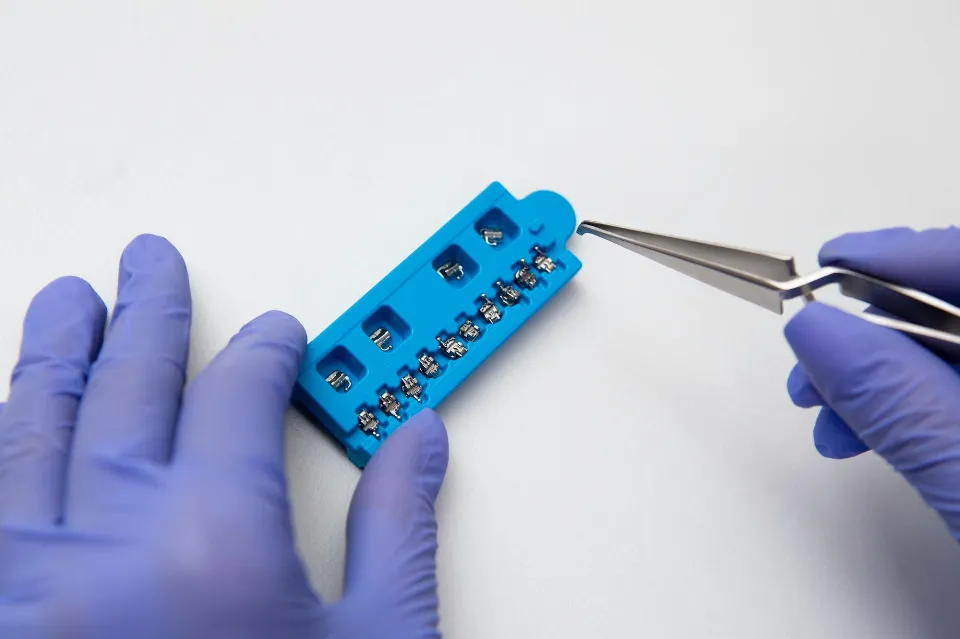
How to Know if You Need Braces – 5 Signs to Determine
Your dentist would probably give you advice. You can watch for the number of symptoms to determine if braces are necessary for you. Your dentist will ultimately decide whether you need braces, though.
It’s a common misconception that braces are only appropriate for teenagers. These warning signs ought to be used with both teenagers and adults, but they shouldn’t.
You may need braces if your teeth are obviously crooked or crowded, or if you lost your baby teeth fairly early.
5 Sign to Determine If You Need Braces
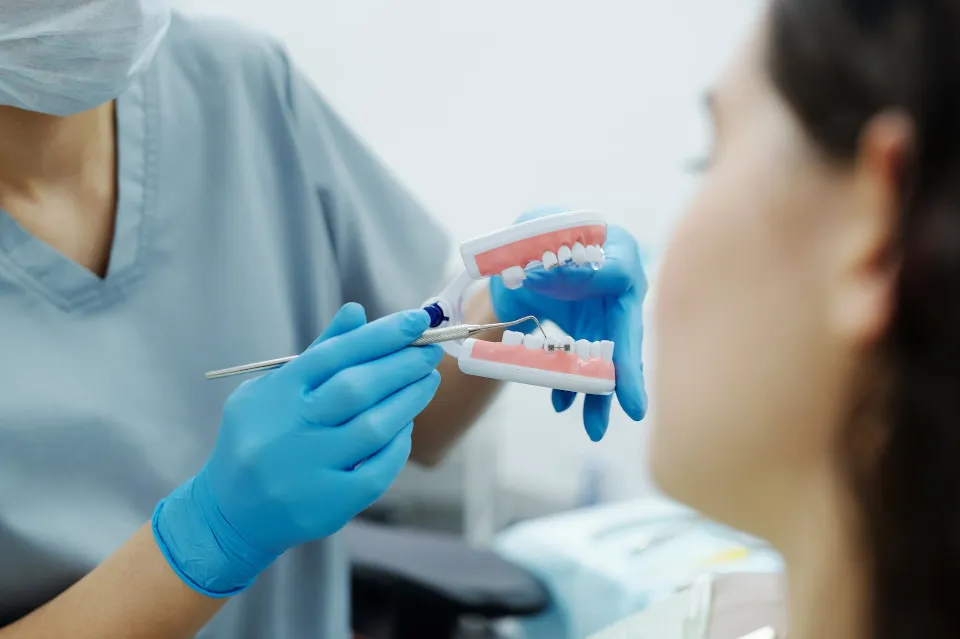
Early Or Late Loss of Baby Teeth
Orthodontic issues are frequently indicated by this. Between the ages of 1-3 is usually when the baby teeth are supposed to erupt. When a child reaches the age of six, they start to loosen and fall out. All of your child’s baby teeth should have vanished by the time they are 12 to 13 years old, and they should have all of their adult teeth. (Read More: How Long Can You Go With A Loose Bracket)
However, if your child’s baby teeth don’t fall out as expected or stay in the mouth past the time they should naturally fall out, this could be a sign of orthodontic and braces-related issues with your child’s oral development.
Read More: Baby Teeth vs. Adult Teeth
You Aren’t Happy With Your Smile

One of the most frequent reasons people get braces is that they are unhappy with their smile as it is right now. There have been a lot of studies about how important a smile can be in situations ranging from dating to conducting business, so having a lack of confidence in your smile is nothing to laugh at.
There are numerous explanations for why someone might have an uneven smile. One’s adult teeth may have erupted concurrently with baby teeth, or one’s jaw may not have had sufficient room for full-sized adult teeth. In some cases, having crooked teeth is simply a genetic predisposition, and there is nothing that can be done to avoid it.
Braces should definitely be on your radar if you find yourself covering your teeth when you smile or simply don’t like how your teeth are currently positioned.
In addition to their obvious cosmetic benefits, braces can make maintaining good oral hygiene much simpler. Incorrect cleaning and maintenance of crooked teeth can result in more cavities, plaque, and an untidy appearance. Teeth that are straight and in alignment are much simpler to maintain and keep shining.
With the aid of some dental help or a dentist appointment, you may be able to easily fix your misaligned teeth if they make you feel self-conscious. There are many adult options available, and they all have the potential to make you happier and more comfortable.
Top Teeth Fight Your Lower Teeth
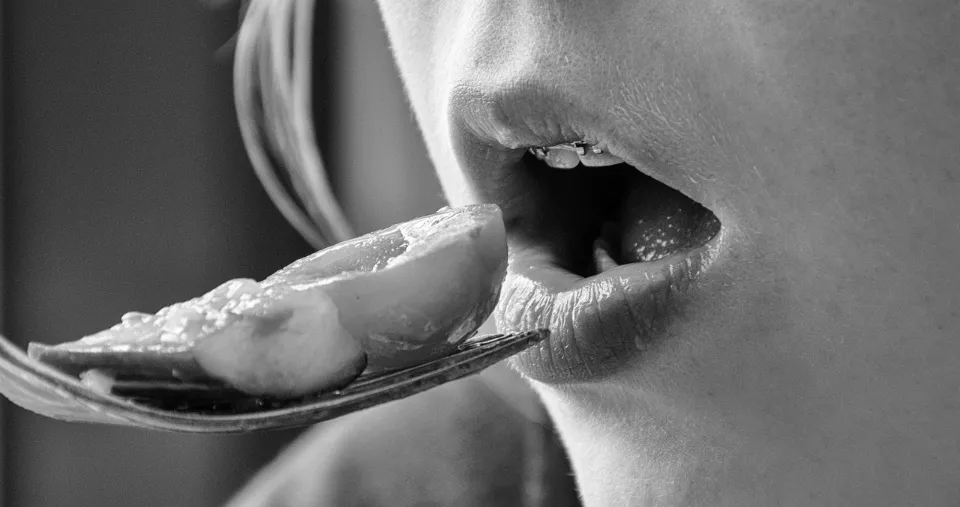
Knowing what’s normal and healthy can be helpful if you’re unsure of how your teeth are aligned at the moment. The relationship between your upper and lower teeth can be a crucial area to examine.
Everybody has a slight overbite, which is characterized by a slight overlap of the upper row of teeth over the lower row. But if you look in the mirror and notice that your upper teeth appear to almost completely cover your lower teeth, you might have a problem on your hands.
A number of long-term health problems, including early tooth deterioration, can result from severe overlap of the top teeth.
In some cases, the upper teeth may not overlap the lower teeth but instead may be protruded much farther than they are. With potentially similar outcomes, this is a different issue. Too much overjet in your top teeth puts you at risk for injury because they will bear the brunt of any fall or hit you may take by yourself.
It can also be a problem if your top and bottom teeth do not even remotely touch. It might even affect your speech and make it harder to properly chew food.
All of these issues can be resolved with braces, which also creates a safer environment for your mouth and teeth.
You’re Experiencing Jaw Pain
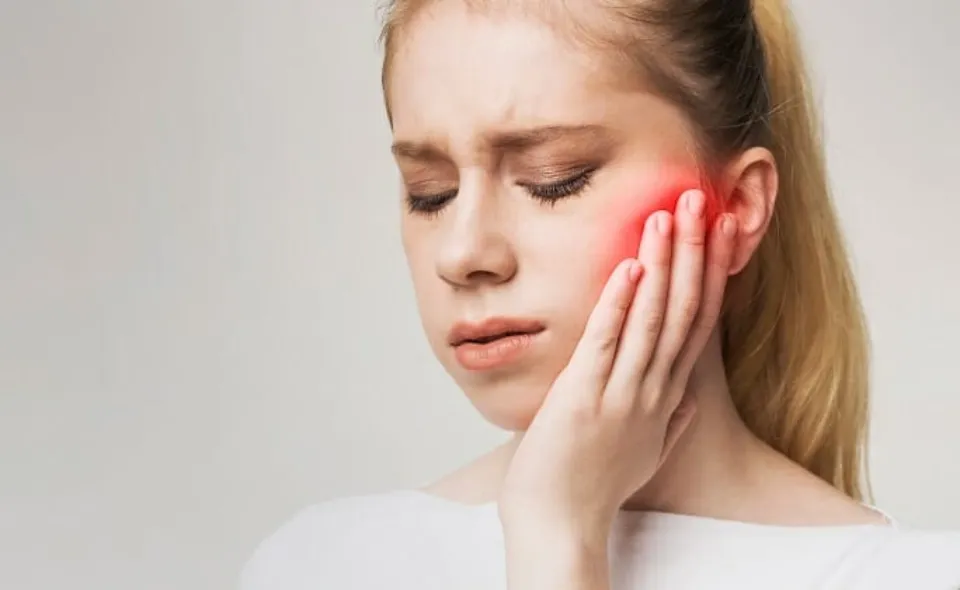
There are many orthodontic problems that we can’t see when we look in the mirror because we can’t always see what’s going on in our mouths. We are instead left with a gnawing pain in our jaws and mouths and no idea as to what might be the cause of it.
While some jaw pain may be transient, if it persists over time, it may be the result of your teeth being out of place. Crowded or otherwise out of place teeth frequently result in issues with the jaw.
One solution a dentist might suggest to treat such a painful situation is to look into braces.
Difficulty Eating Or Speaking
Other detrimental side effects of misaligned teeth can also occur. They may, for instance, affect how easily and comfortably you can bite and chew. If you’ve recently noticed that eating is difficult or if you find yourself biting your tongue or gums too frequently, what should you do? Your teeth’s alignment problems could be the cause.
Your bite may be off because of the possible misalignment of your teeth at the moment.
It might also be an orthodontic issue if speaking clearly has become more challenging. As was already mentioned, how the teeth are arranged in the mouth can significantly affect how well a person can pronounce words.
In both situations, it may be worthwhile to consult an oral health expert to determine whether the problems are related to the mouth. They’ll be in a position to suggest the best course of action.
How Old Should You Be to Get Braces?
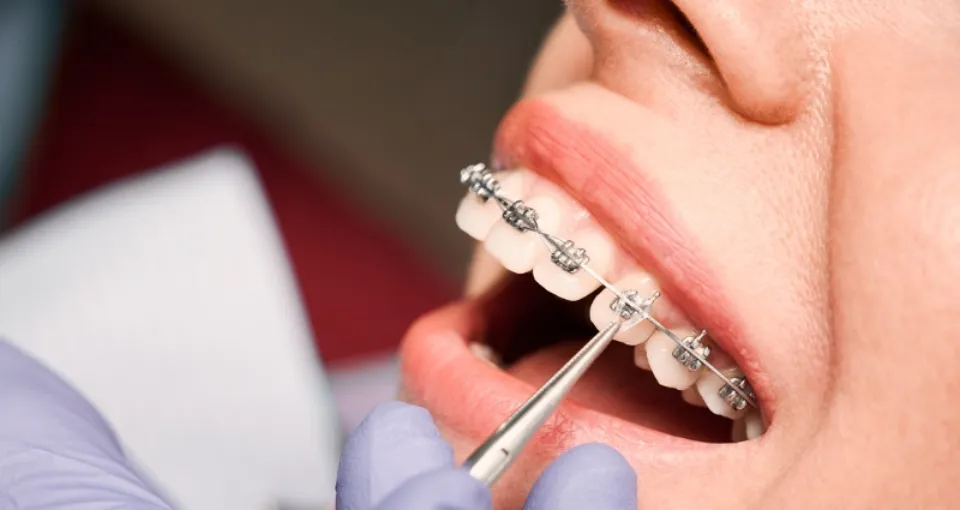
First of all, braces are never too old for anyone! Depending on the child, braces are typically not used until all of the permanent teeth have erupted, which can take 11 or 12 years. Prior to this, other orthodontic devices, such as “plates,” are used to direct the top and bottom jaws’ growth to create room for adult teeth to erupt. Braces are typically still worn after these appliances.
What Types of Braces Are Available?
Here are a few brace choices to consider:
- Aligners – These trays are made for your teeth out of clear plastic. Many people prefer this option because of how virtually invisible they are. To wear them for at least 20 hours a day, you must practice some discipline. You can take them off to eat and to brush your teeth.
- Metal braces – ‘Sometimes more powerful treatments are better suited for traditional braces. These typically provide the fastest treatment. They are easier to see.
- Ceramic braces – These look more appealing than steel braces. Ceramic can be made to match your teeth’s color. The treatment might take longer as a result, though. These braces are also a little bit larger and frequently only used on upper teeth.
- Lingual braces – As they attach to the backs of your teeth with brackets, they are also referred to as hidden braces. The treatment time is comparable to that of traditional braces, and they are essentially invisible. Although they might cost more.
Your orthodontist will likely recommend a permanent or removable retainer once treatment is finished. Your teeth won’t move back to their original positions as a result of this. If you lose your retainer, be prepared to pay the cost of a new one. If you get a permanent retainer, if it comes off your orthodontist will have to glue it back on.
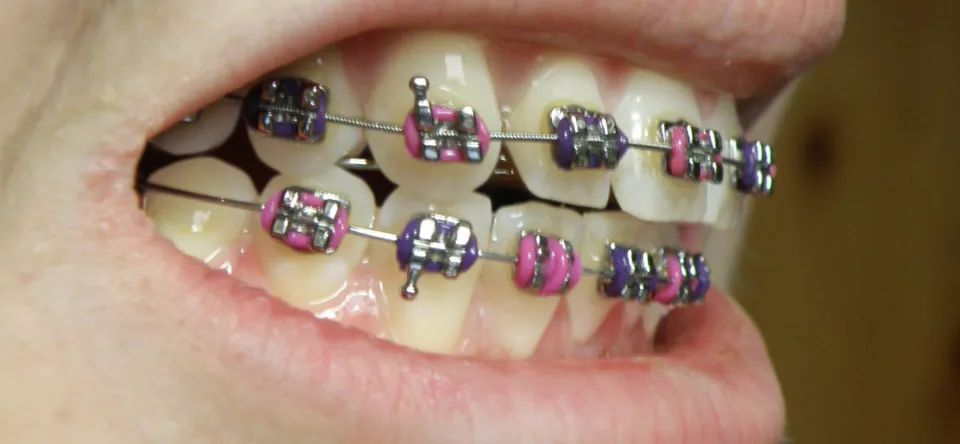
Are There Alternatives to Consider?
If you read through this list and realized that you exhibit one or more of the warning signs, you might be considering your options. Do you have to get braces to fix your orthodontic issues, or can you try an alternative course of action?
Consider Invisalign as one potential choice. Through the use of transparent plastic trays, Invisalign is a treatment that straightens teeth and addresses other problems. The trays, also known as aligners, are worn by Invisalign patients for the majority of the day. They only take them off to eat, drink, and perform their twice-daily oral hygiene routines.
Remember that Invisalign might not be a good alternative. Not all problems can be fixed by Invisalign, only some can be. Additionally, you might discover that the Invisalign system is inferior to conventional braces.
Takeaway
Since braces were first used in the 19th century, a lot has changed, and they now consist of much more than just a set of metal brackets and wires. We advise visiting a reputable orthodontist to have them examine your teeth and jaw alignment if you believe you need braces or Invisalign but are unsure. Based on your needs and the findings of your examination, your orthodontist will recommend a course of treatment.
FAQs
If You Have An Overbite Do You Need Braces?
Small overbites are fairly common and don’t need to be treated. Orthodontic treatment is strongly advised for people who have significant overbites, in which the upper dental arch projects too far in front of the lower dental arch.
What Happens If You Don’t Get Braces When You Need Them?
Not getting braces often results in common misalignments. Overbites and crossbites are problems that can result from more severe issues with the alignment of the jaw as they progress and negatively impact the bite over time.




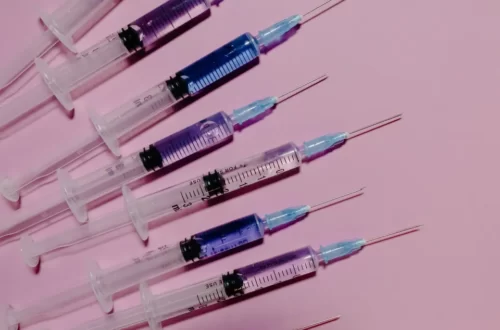
Average Rating